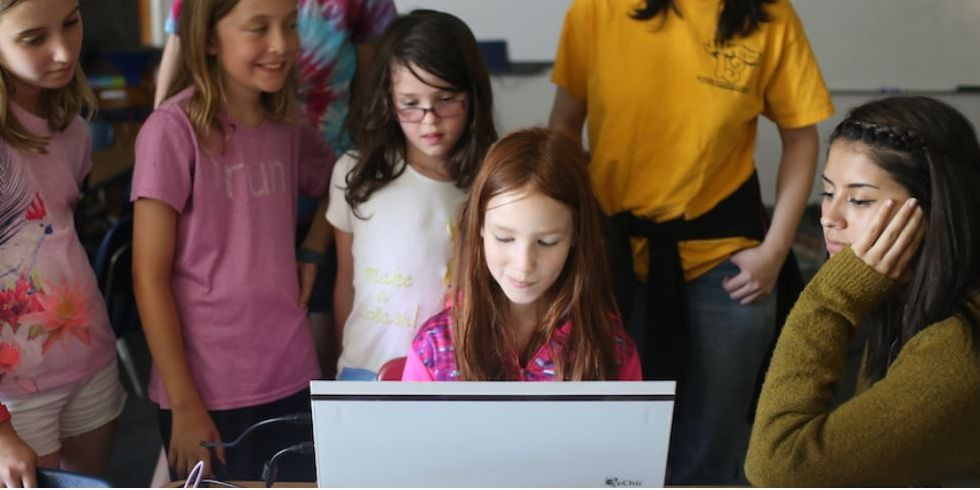AWS Public Sector Blog
Empowering girls with STEM education, safely and at scale
Boolean Girl, a nonprofit organization based in Washington, D.C., uses Amazon Web Services (AWS) to support women and girls pursing science, technology, engineering, and mathematics (STEM) education. By leveraging the AWS Nonprofit Credit Program, available to nonprofit organizations globally, Boolean Girl uses AWS Promotional Credit to cover vital IT expenses while achieving their mission. Brian Moran, co-founder of Boolean Girl, explains how this funding helps the organization stay agile and deliver new and innovative STEM content to their students, safely and at scale.
Boolean Girl is educating girls to code, build, invent, and animate. We provide enrichment classes, all-girl camps, special events, and partnerships, preparing girls everywhere to explore computer programming and engineering. We provide girls in grades three through eight with meaningful, hands-on STEM work in a collaborative and welcoming environment, both online and in-person.
Boolean Girl hosts its website on the cloud. The cloud is core to everything we do: telling our story, registering students and taking payment for camps and after-school clubs, processing donations, organizing events, building our email lists, and running our online university.
Working with AWS helped us in two significant ways.
First, AWS helped us protect our students when they engage with our educational video content online. For Boolean University—our self-paced, online classroom that kids use at home—the girls have to be on the internet to access our curriculum. Previously, we hosted our videos on YouTube, though we were concerned that when a student finished a video and a new video was recommended by YouTube, that recommendation was frequently off topic and shifted focus from STEM learning. We also worried that something inappropriate could be recommended after viewing our educational content.
As a solution, we decided to move all the video content to Amazon Simple Storage Service (Amazon S3) and serve it on our WordPress site hosted on Amazon Elastic Compute Cloud (Amazon EC2). By using this approach, our students no longer had to visit YouTube to watch our videos. AWS gives us more control over the content and, most importantly, the next video recommendations. It also makes it easy for parents to download the videos to their hard drives so the students can practice coding without going online if needed.
Second, AWS helped us create a website that can handle seasonal increases in traffic and scale back down during off-peak times. Due to the popularity of our camps, website reliability is crucial. Camp registration spikes in the winter and early spring, when parents are making plans for their kids for the summer. During the summer and fall, however, our camp websites do not receive as much traffic.
Hosting our website on AWS gives us confidence that we can handle peaks in traffic and concurrent users, and we only pay for what we use. We know we can confidently host our website, handle fluctuations in traffic, and not risk any outages.
What’s next?
The next exciting thing we are looking at is a new course for middle school girls where teams will learn how to develop an Amazon EC2 instance, deploy a WordPress website, and launch a database in the cloud. When the girls complete the class, they will have a fully functional website deployed on a micro-instance of Amazon EC2. This project will allow these students to be creative and build something of their own that can last.
Use AWS Promotional Credit to test and experiment with new services
As a nonprofit, containing costs is critical, especially costs traditionally perceived as “overhead” that are difficult to explain to non-technical donors.
The AWS Promotional Credit through the AWS Nonprofit Credit Program has been crucial to our business operations. With the credit, we are able to run a proper environment that includes development and test instances. This reduces our risk of introducing bugs or errors as we constantly deploy new capabilities.
Not only does the credit reduce the cost for this aspect of our operation, but it also allows us to experiment with other AWS services. For example, the ability to use the credit to trial Amazon S3 was an important part of that move off of YouTube.
For more information about how your organization can leverage AWS to achieve its mission, check out the AWS Nonprofit Credit Program webpage.
